"Soybean sowing method" suitable time, sowing amount, depth, and first birth point
Author:Modern farmer Time:2022.06.26
[Soybean sowing method] Explain the appropriate time, sowing amount, depth, and first birth point
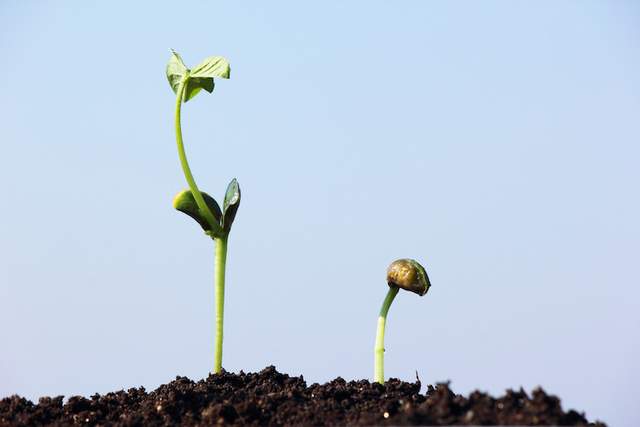
Global soybeans are high, and farmers can get high profits through the production of high -quality soybeans. In order to ensure production, it is important to manage initial growth, such as land and sowing. In this article, we will explain how to manage initial growth and appropriate sowing methods, such as the time and quantity of sowing soybeans.
Soy planting has also received much attention as a crop transformed from rice fields. In order to harvest high -quality soybeans and target high profits, it is very important to manage planting according to planting standards. First, let's check the general types and cultivation standards of soybeans.
Typical soybean planting and planting standards
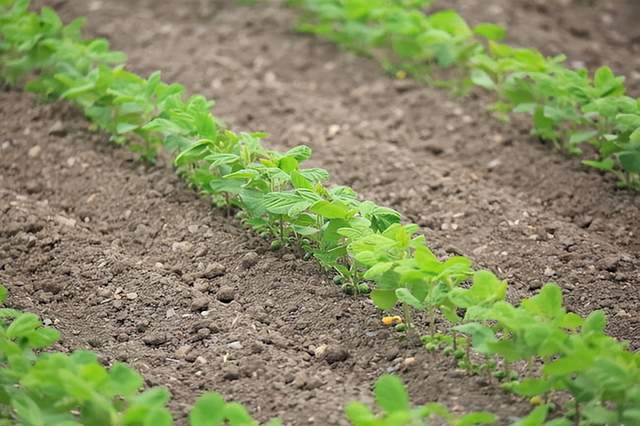
The type of soybean planting varies from region and variety, but it is usually sowed from early May to late June, and harvested from late October to mid -December. The cultivation calendar is mainly divided into growth period, flowering period, and strong grain period.
Before sowing, we will prepare soil, such as crushing heart soil, regulating soil pH values, and application of organic substances. After harvesting the previous year, Ziyunying was planted and plowed before sowing can effectively increase soil nitrogen. In the growth season from early June to mid -July, soil cultivation (medium farming) is performed to improve the breathability and weeding of the soil. It also has the effect of preventing upside down, which can prevent the output caused by typhoons. According to the field conditions, we also spray herbicides and pesticides according to the type of pest. From mid -July to early August to mid -August to mid -September, irrigation is performed in time to prevent the soil from drying. It will mature in early October. When the pod color becomes brown, it is mature, and when the whole plant becomes more than 90%of the brown, it can be harvested.
The main points of the initial growth of soybeans from the entire land to the sowing herbicide management
The thorough management of the early stage of cultivation is important to prevent production and quality due to water damage and weeds. From here, we will explain the initial growth point of soybeans, from rectification to herbicides and sowing irrigation.
Points for the entire land (drainage measures, farming, flat, fertilization)
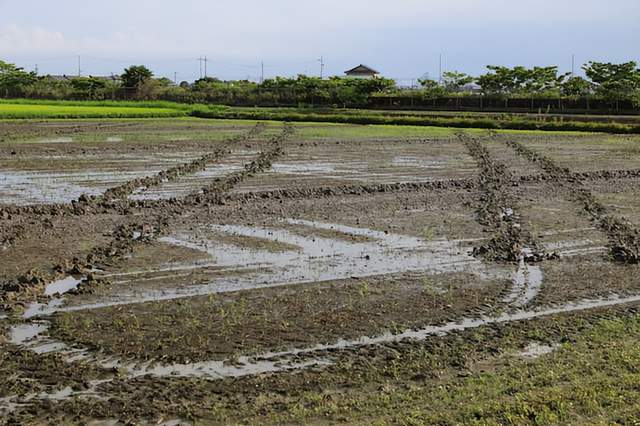
Because soybeans are susceptible to water damage, it is important to take measures to drain fields before sowing. If the seeding season is the rainy season, each variety is sown at the appropriate time. For this reason, drainage measures are important.
After crushing the bottom soil to increase the penetration rate, after the groundwater level reaches 40-50 cm, not only drainage ditch is set around the field, but also a drainage ditch every 5 to 10 m in the field.
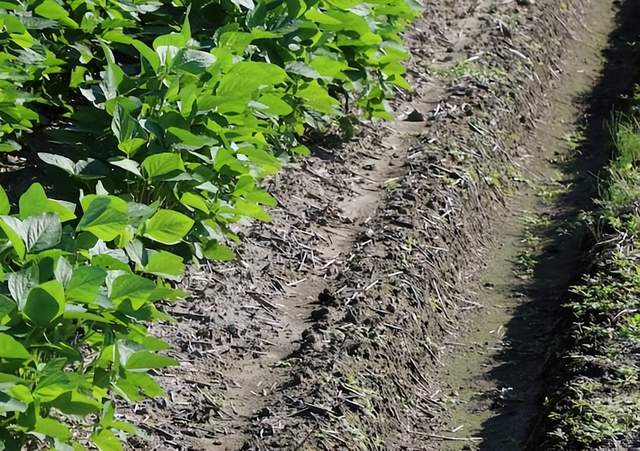
Setting dark water discharge every 2 to 3m at the ground 30 to 40cm can enhance the moisture -proof damage effect and be effective for improving the output. Ensure the drainage ditch that deepen the drainage ditch to ensure that the soil is drained.
In the rectification, in order to create an environment that is easy to play, the calcium materials such as lime magnesium of more than 100 kg can be applied to make the soil pH value of 6.0 to 6.5. At the same time, about 400 kilograms of organic matter such as cow dung compost per 10A to improve soil fertility, breathability and breathability. In the field of continuous planting soybean, increasing the amount of organic matter will help maintain and improve soil fertility. After the soil is finished, plant it to the depth of 15 cm. After plowing, the soil is flattened to ensure that the depth of sowing is consistent with the germination time. Before farming or before sowing, apply 2 kg of nitrogen per 10A, and 8-10 kg of phosphoric acid and potassium per 10A as base fertilizer. If the bean family is planted in the autumn of the previous year, nitrogen fertilizer can be omitted, because the nitrogen fertilizer in the soil will increase. In addition, the standard nitrogen content per 10A is 6 to 7.5kg every 10A.
Sowing points (variety selection, sowing time, sowing quantity, depth)
Before sowing, it is important to consider the size of the field and the crops grown before and after soybeans, and choose the appropriate soybean variety to improve profitability. If the sowing time is delayed, some varieties are likely to crack before the harvest, so calculate the sowing time from the time of harvest. Due to the continuous work and climate change, soybeans may become smaller, so choosing a big variety is a good idea. Before sowing, check the seeds to remove fade or colored seeds. Seed disinfection can effectively prevent purpura and bird damage.
The standard sowing time is from late June to early July, and mid -June in the highland. Before sowing, the seeds are wet and wet, so that the seeds of the seeds are about 15%, so that the seeds absorb water quickly without reducing the seedling rate. The seeding depth is about 2 to 3 cm, and the cultivation density is adjusted to make the ridge width of 65 to 70 cm, and the plant spacing is 10-15 cm. It is convenient to use a seeder because you can unify the depth between seeds.
The effort of wheat and soybeans! 6 latest seeding machines support scale expansion
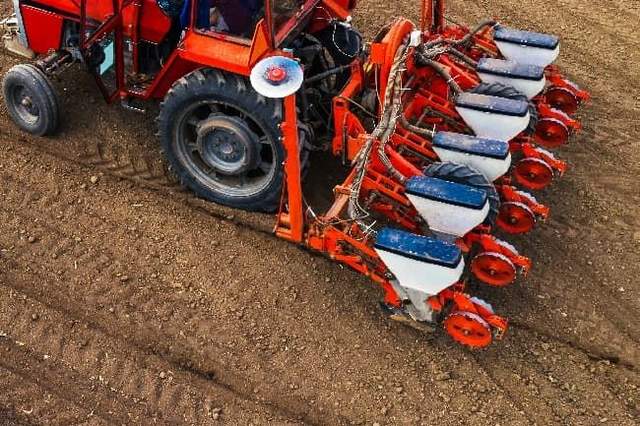
Even if early broadcast, the harvest time does not change much, but the risk of vines and pests increases, so the management timetable is very important so that you can sow in the right time. If the sowing time is delayed due to weather, planting density should be increased to avoid production reduction.
For varieties that can be transplanted, such as Danba black beans, the cultivated seedlings are planted in the fields. When using rice seedlings, about 20 to 26 cases are prepared for every 10A, and 100g of seeds are sown at 3cm per box. Removal of seedlings to prevent insufficient inventory and prevent output from declining. About 10 to 15 days after sowing, the best time for transplanting during the early development is the best time. Like direct sowing cultivation, the distance between transplant plants is 10 to 15 cm.
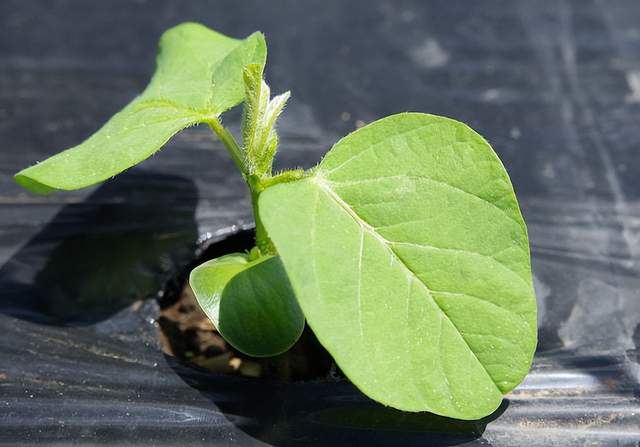
Points of cultivation management after sowing (herbicide, medium farming, soil collection)
It is mainstream to use soil treatment herbicides to control weeds, but it is effective to combine it with the growing seasonal herbicides and medium cultivation. If foreign species such as giant dolphins invade the fields, it will be difficult to control, so control measures will be taken until the height of soybeans is the same as the height of the beans. Mid -cultivation is to collect the work of soil to weed, so that the soil near the plant is about 10 cm high. It also has the effect of improving soil breathability. In recent years, it has been combined with soil with the main purpose of gathering soil.
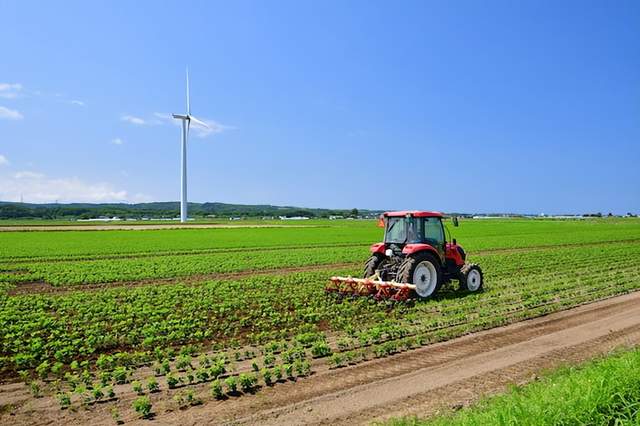
It is also effective to prevent falling, but the soil may enter the joint harvester when harvesting. Therefore, please check the specifications of the machine and bring the soil to the appropriate height.
What are the best time and guidelines for soybeans? Introduce new technologies and further increase production!
In order to improve the yield and quality of soybeans and achieve profitability, the cultivation management of cultivation and weeding after broadcasting is very important.
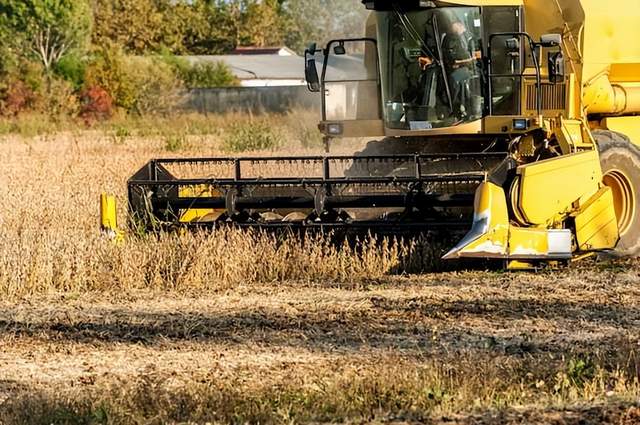
If you are immediately moisture after sowing, there will be poor growth and a decline in profits, so you must take all possible drainage measures, such as setting drainage ditch and dark areas before soil. The application of organic matter and base fertilizer is also important to improve soil fertility.
- END -
More than 90 % of the convertible bond funds will be accelerated in the next half of the fund company's related layout in the next half of the year.

24JUNWen | Wang NingSince this year, due to the fluctuations in the stock market, ...
Authoritative Express News 丨 May in May of the national economy shows a restoration momentum
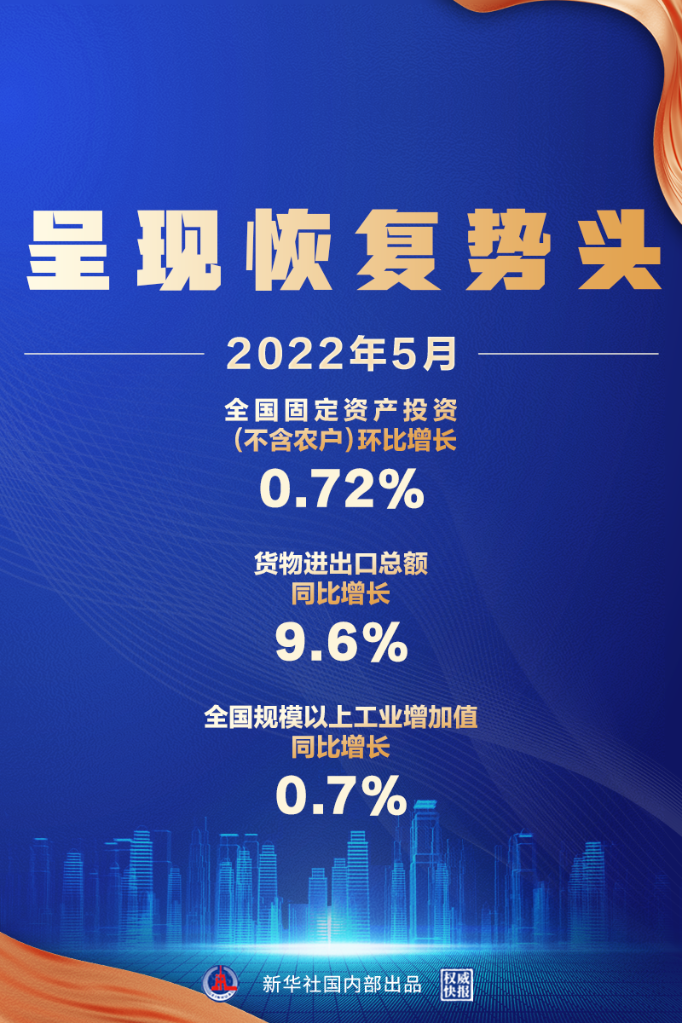
According to the National Bureau of Statistics released data on June 15MayNational...